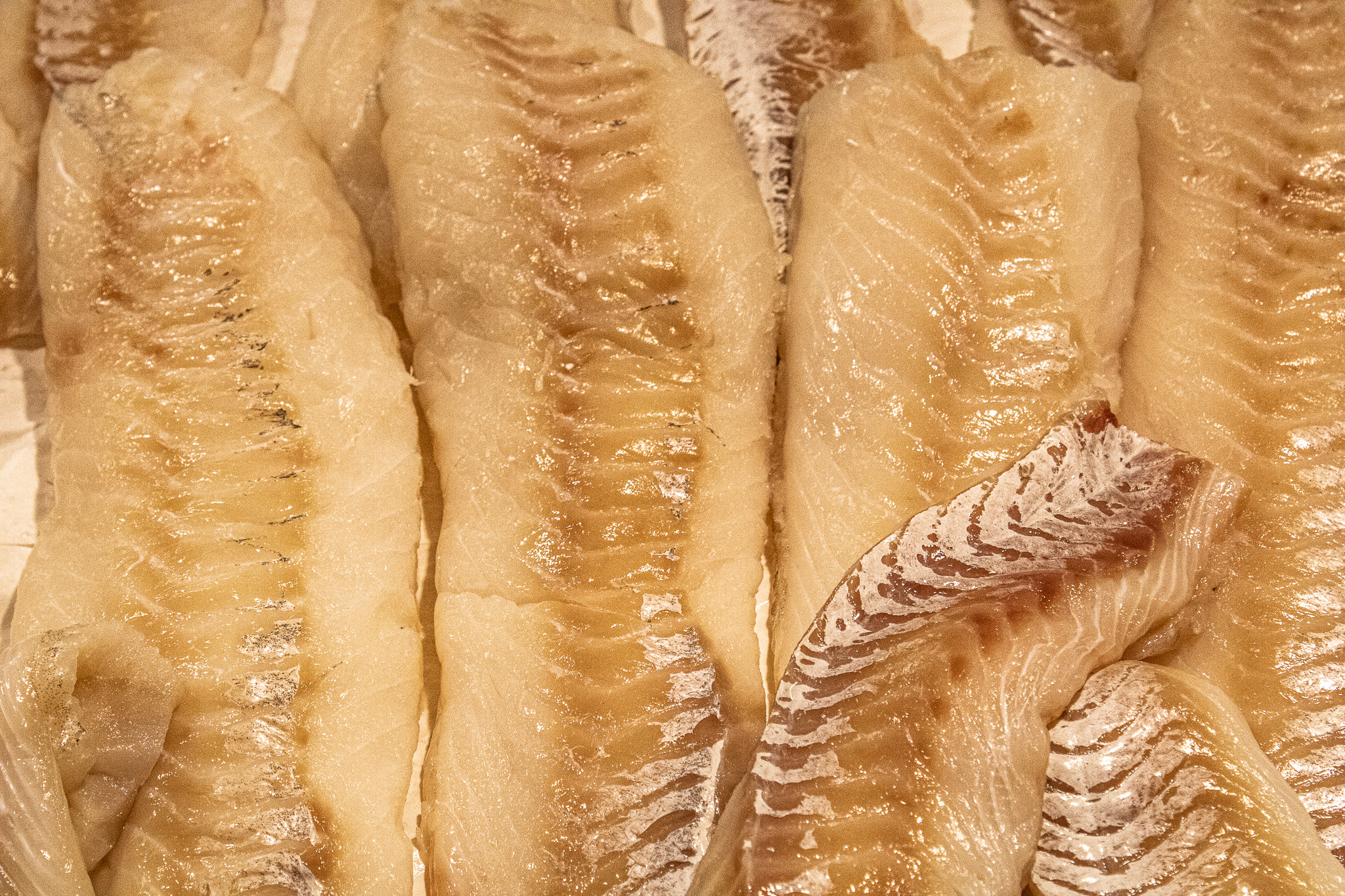"IL MIO MEDITERRANEO"
Installation, 2025.
"My Mediterranean" is a collection of single shoes recovered along the shores of the Adriatic Sea, north of the province of Brindisi.
The work arises from the artist’s need to give shape to the feeling of unease experienced whenever their body is immersed, for pure enjoymen, in the same waters that, for some, represent an impenetrable geographical boundary.










"GUILT"
Performance, 2025.
Wuppertal.
In "Guilt", the artist pedal for fifty minutes next to an empty bicycle, without a rider.
The work stems from the urgent need to give shape to a moral sense of guilt that overwhelmed him after a tragic event in his hometown: the death of a young Black migrant, struck by a vehicle while cycling to "work" along a rural road.
“Instruction Manual for a Good Cow”
Illustrated Zine, 2025.
This illustrated guide narrates, in five steps, what a dairy cow must endure to provide humans with dairy products.
A cycle of unspeakable atrocities against a species guilty of no crime.
"MEMORIALE"- The Olive Tree in the age of Technology
Multidisciplinary project, 2024.
Ex Convento dei Cappuccini, Mesagne.
"Memoriale" features a young olive tree killed by the Xylella bacterium, which the artist personally uprooted and equipped with an automatic bleeding system.
The work aims to reflect on the entirely anthropogenic causes that have favored, or rather allowed, the spread of the disease, bringing with it serious environmental, economic, social, and landscape consequences.
The exhibition consisted of four sections:
.Installation: olive tree;
.Audio recordings of root disposal;
.Graphics of the anthropogenic components behind the bacterium;
.“Xylella is just a symptom of a much larger problem”, short footage;
"CONTAINERS"- Intensive Shipping on the Rhine River and its Influence on the Ecosystem.
Multidisciplinary project, 2024.
HBK Essen, Culture Moves Europe, Goethe-Institut
This artistic research traces the journey from the glaciers of the Adula Alps to the North Sea.
Through a collection of photographs, interviews, and an audio installation, the work explores the Rhine River, examining its relationship with the Anthropocene and reflecting on the concept of ‘containment’ in an era defined by technology and intensive trade.

"THE LAST SUPPER"
Interactive installation, 2023.
CNR-ISMAR, Palazzina Canonica, Venice.
This work represents the culmination of interdisciplinary research, merging art and science through collaboration with Dr. Fabio Trincardi, director of the CNR Science Department.
In the installation, viewers engage directly by holding open the refrigerator door and seeing themselves live on a monitor. Two internal cameras create a visual loop that confronts participants with their own actions.
Inside the refrigerator, audiences encounter real fish from the Venice lagoon, preserved as if they were consumer products, disregarding their sentient nature. Venice frequently experiences mass fish deaths, with mullets surfacing and dying due to oxygen depletion.
"FISH MARKET"
Photos, 2023.
Tronchetto, Venice.
This photographic project features Nicholas Neglia Caropreso and Giacomo Genchi following overnight the processes that precede the sale of fish in one of Italy's largest and controlled fish unloading sites.











"UNDERWATER"
Audio collection, 2022.
Academy of Fine Arts of Venice.
spatial.io
The work presents thirty sound samples recorded in the most endangered areas of the island. He personally asked the island's citizens to simulate for a few seconds the death that soon awaits the Venetian lagoon, itself oblivious to the fragility of its territory.
Calle dell'Albero
Calle Lion
Calle della Morte
Campo sant'Angelo
Calle Marlona
Campiello Loredan
Campo Erberia
Campo San Canzian
Campo San Polo
campo santa Maria Nova
Campo Santo Stefano
Corte Albero
ramo Calle de l'occhialer
Ponte del Cristo
Calle Drio la Chiesa
calle de la Bissa
Calle del Ridotto
Calle larga XXII Marzo
campo Erberia
Libreria Acqua Alta
Piazza San Marco
Rialto
Riva del Vin
Rugheta del Ravano
Sottoportego dei Oresi
"#NONAMECODE"
Interactive performance, 2021.
Bastioni S. Giacomo, Brindisi.
The performance featured two professional actors moving among the audience within the surrounding space. Their movements were robotic, as if unable to fully perceive reality. They did not interact with the audience, and their identities were completely obscured by balaclavas.
Devoid of any physical cues such as clothing or body language, the only way to engage with them was by scanning a QR code tattooed on the nape of each actor’s neck. This directed viewers to their Instagram profiles, where a prior post had explained their deliberate non-physical presence.
